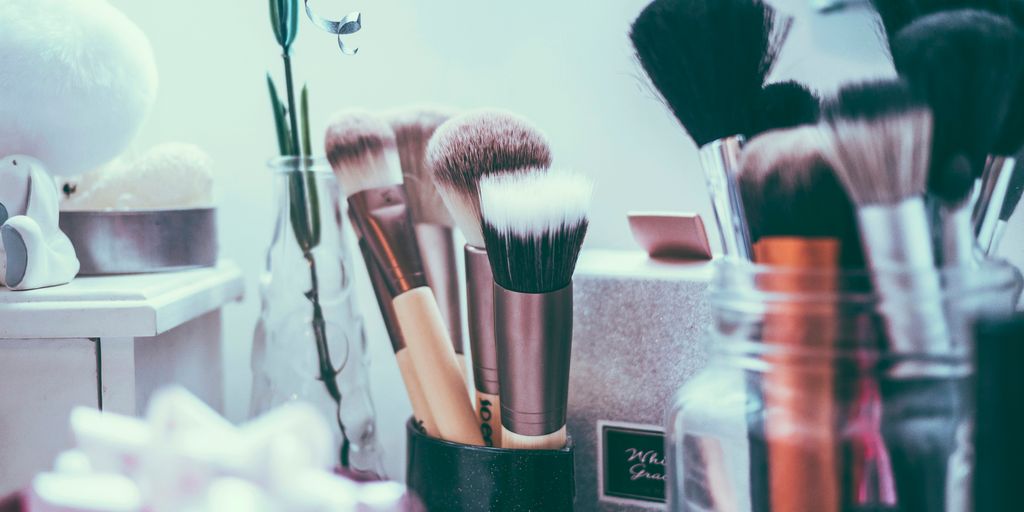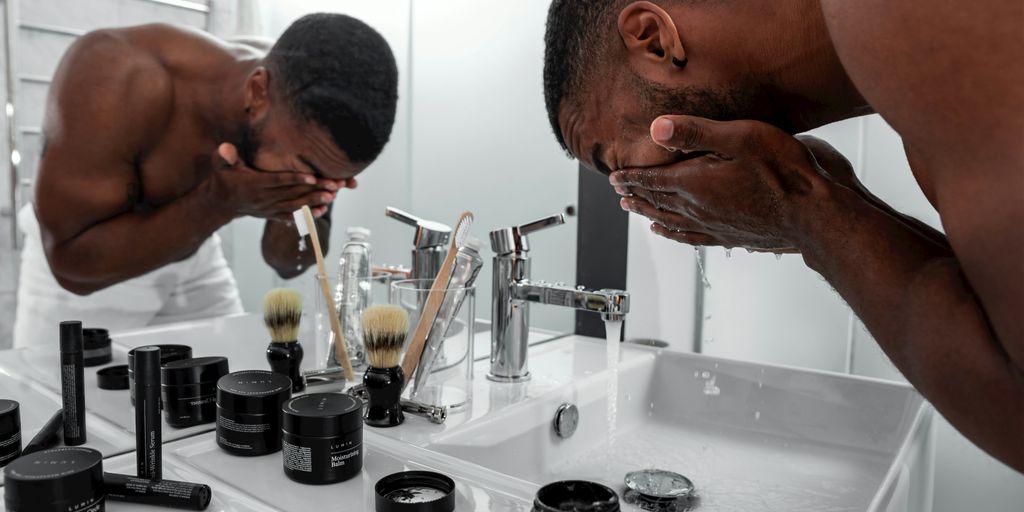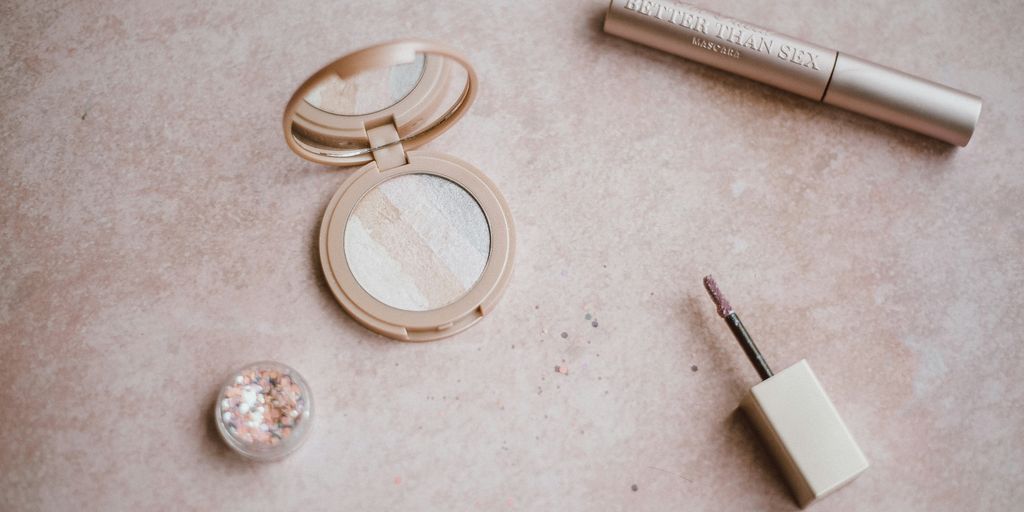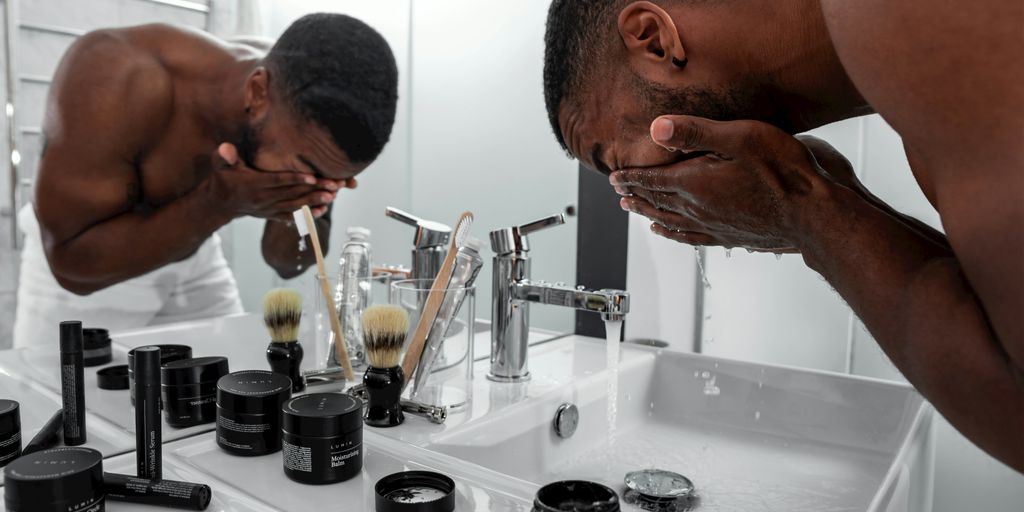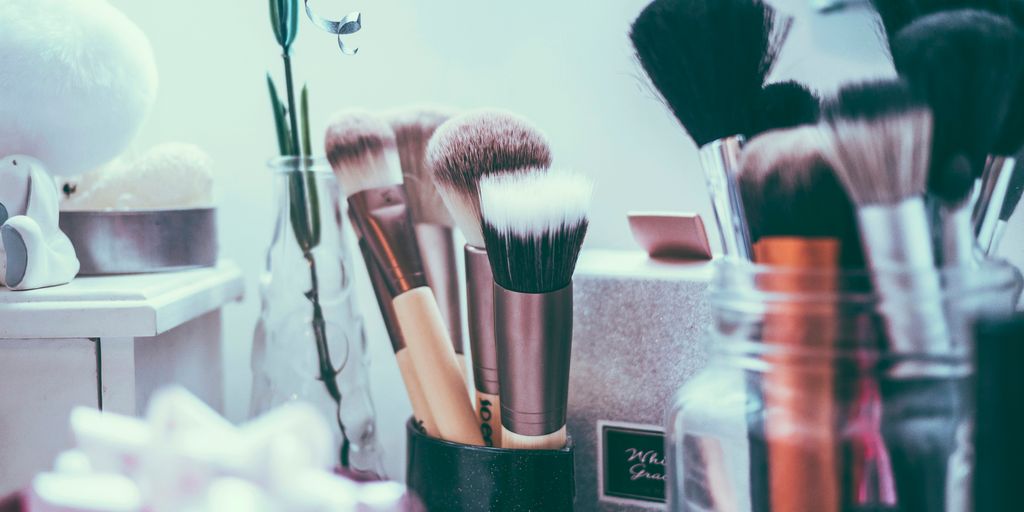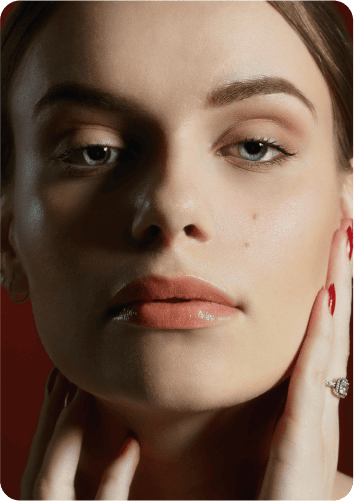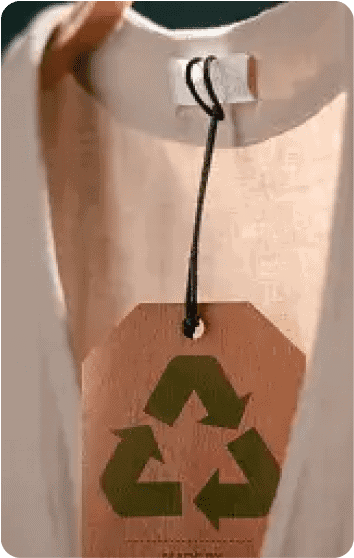If you’ve been curious about whether Estée Lauder is cruelty-free in 2025, you’re not alone. Many beauty enthusiasts are looking for ethical brands that align with their values. This article digs into the facts about Estée Lauder’s practices, its parent company’s influence, and what being cruelty-free really means. Let’s break it down so you can make informed choices in your beauty purchases.
Key Takeaways
- Estée Lauder is not considered cruelty-free due to animal testing in some markets.
- The brand is sold in countries where animal testing is required by law, which complicates its cruelty-free status.
- Estée Lauder is not certified by any recognized cruelty-free organizations.
- The parent company, Estée Lauder Companies, does not have a cruelty-free certification either.
- Understanding the difference between cruelty-free and vegan is crucial for ethical shopping.
Understanding Cruelty-Free Standards
What Does Cruelty-Free Mean?
So, what does "cruelty-free" really mean? It’s a term thrown around a lot, but it doesn’t always have a clear definition. Basically, when a product is labeled cruelty-free, it should mean that the company didn’t test the final product or any of its ingredients on animals. However, there’s no single, universally enforced standard for this claim. This is where things get tricky. Some companies might claim to be cruelty-free but still use ingredients that were tested on animals by a third party. It’s a bit of a gray area, and it’s important to dig a little deeper to really know what you’re buying.
The Importance of Cruelty-Free Certification
If you’re serious about buying cruelty-free, look for certifications from trusted organizations. Leaping Bunny, PETA, and Choose Cruelty-Free are three of the most well-known. These organizations have strict standards that companies must meet to earn their certification. Seeing one of their logos on a product gives you a much higher level of confidence that the brand is truly committed to avoiding animal testing. Without these certifications, it’s hard to know for sure if a company’s claims are legitimate.
Common Misconceptions About Cruelty-Free Claims
There are a lot of misunderstandings about what cruelty-free actually means. For example, a product labeled "vegan" isn’t automatically cruelty-free, and vice versa. Vegan only means that the product doesn’t contain animal ingredients, but it could still be tested on animals. Similarly, a product labeled "cruelty-free" might still contain animal-derived ingredients. Also, just because a product says "not tested on animals" doesn’t mean it’s completely cruelty-free.
The term "cruelty-free" is not legally defined, so companies can use it even if they only avoid animal testing in some parts of their production process. It’s up to consumers to be informed and do their research.
Here’s a quick breakdown:
- "Cruelty-free" doesn’t always mean no animal testing at any stage.
- "Vegan" doesn’t guarantee a product is cruelty-free.
- Self-declared labels can be misleading.
It’s all a bit confusing, but being aware of these common misconceptions can help you make more informed choices.
Is Estée Lauder Cruelty-Free?
It’s a question many of us are asking in 2025: Is Estée Lauder truly cruelty-free? The answer, unfortunately, isn’t a simple yes or no. Let’s break down the details to help you make an informed decision.
Current Testing Practices
Estée Lauder states that they don’t test their products on animals themselves and don’t ask others to do it for them. However, the company acknowledges that its products are sold in countries where animal testing is required by law. This is a critical point because it means that, in order to sell in those markets, animal testing does occur, even if Estée Lauder isn’t directly conducting or commissioning it.
Sales in Countries Requiring Animal Testing
Some countries require cosmetic products to be tested on animals before they can be sold there. This is where things get complicated for brands claiming to be cruelty-free. Estée Lauder sells its products in these countries. This fact alone makes it difficult to definitively label them as cruelty-free.
Consumer Perception and Brand Image
Consumer perception plays a big role. Some shoppers are okay with a brand selling in countries that require animal testing, as long as the company isn’t actively involved in the testing. Others feel that any sales in these countries contribute to the demand for animal testing, making the brand not cruelty-free in their eyes. It really comes down to personal ethics.
Ultimately, whether you consider Estée Lauder cruelty-free depends on your own standards and how you weigh the company’s practices against your values. It’s a complex issue with no easy answers, and it’s up to each individual to decide what they’re comfortable with.
Here’s a quick summary:
- Estée Lauder doesn’t directly test on animals.
- They do sell in countries where animal testing is mandatory.
- Consumer opinions on this vary widely.
The Parent Company Factor
Estée Lauder’s Ownership Structure
It’s important to understand who owns Estée Lauder. Estée Lauder Companies Inc. is a publicly traded company, meaning it has shareholders. This structure can influence the brand’s decisions, including those related to animal testing. The company’s leadership and major investors play a role in setting the overall direction and priorities.
Impact of Parent Companies on Cruelty-Free Status
Here’s where things get tricky. Even if a brand claims to be cruelty-free, its parent company might not be. This means that while Estée Lauder might not directly test on animals, its parent company could be involved in animal testing for other brands within its portfolio. This is a common concern for ethical consumers. It’s like this: your friend says they didn’t eat your cookies, but you saw their mom eating them. Does it still count?
Navigating Brand Choices Under Non-Cruelty-Free Parent Companies
So, what can you do? It’s a personal choice, really. Some people are okay with supporting a brand that claims to be cruelty-free, even if its parent company isn’t. Others prefer to avoid any connection to companies that test on animals. Here are some things to consider:
- Research the parent company’s overall animal testing policy.
- Look for truly cruelty-free certified brands.
- Consider supporting smaller, independent brands with strong ethical stances.
It’s all about finding a balance between your values and the products you want to use. There’s no right or wrong answer, just informed choices.
Vegan and Clean Beauty Considerations
Is Estée Lauder Vegan?
So, is Estée Lauder vegan? Well, it’s complicated. Estée Lauder does not market itself as a fully vegan brand. This means that while some of their products might not contain animal-derived ingredients, many others do. It’s really important to check the ingredient list of each product individually if you’re trying to avoid animal products.
- Honey
- Beeswax
- Lanolin
These are common non-vegan ingredients to watch out for. Some organizations offer vegan certifications, which can help you identify products that meet certain standards.
It’s worth noting that a brand can offer some vegan products without being 100% vegan. If you’re committed to a vegan lifestyle, doing your homework is key.
Understanding Clean Beauty Labels
"Clean beauty" is a term you hear a lot these days, but what does it really mean? Honestly, it’s a bit of a gray area. There aren’t strict regulations defining what makes a product "clean," which means brands can use the term pretty loosely. Generally, clean beauty products are formulated without ingredients that are considered potentially harmful to human health or the environment, like parabens, phthalates, and sulfates. Estée Lauder does have a line called the Nutritious Collection, and some of those products have earned an EWG-verified mark.
The Relationship Between Vegan and Cruelty-Free
It’s easy to mix up "vegan" and "cruelty-free," but they’re not the same thing. Cruelty-free means a product wasn’t tested on animals. Vegan means it doesn’t contain any animal-derived ingredients. A product can be cruelty-free but not vegan, and vice versa. For example, a product could be made without animal testing but still contain beeswax. Or, it could be vegan but tested on animals where required by law. So, when you’re shopping, pay attention to both labels to make sure the product aligns with your values.
Consumer Choices and Ethical Shopping
How to Identify Truly Cruelty-Free Brands
Okay, so you want to make sure your makeup and skincare are actually cruelty-free? It can be tricky, I know. Brands can be sneaky with their wording. Here’s what I usually do:
- Look for certifications: Leaping Bunny, PETA’s Beauty Without Bunnies, and Choose Cruelty Free are the big ones. These orgs have standards and audit companies.
- Check the ingredients: Even if a brand is "cruelty-free," they might still use ingredients tested on animals by a third party. It’s rare, but it happens.
- Read the fine print: See if they sell in mainland China, where animal testing is often required by law for imported cosmetics. Some brands are finding ways around this, but it’s still a red flag.
It’s easy to get overwhelmed, but remember that every conscious choice makes a difference. Don’t aim for perfection; aim for progress.
The Role of Consumer Advocacy
Honestly, our voices matter. Brands pay attention when we demand better practices. Consumer advocacy groups play a huge role in pushing for change. They do things like:
- Lobbying for legislation: Trying to get laws passed that ban or restrict animal testing.
- Running campaigns: Raising awareness about animal cruelty in the beauty industry.
- Putting pressure on brands: Calling out companies that aren’t transparent or ethical.
Consumer advocacy is a powerful tool for change. By supporting these groups, we can collectively push the beauty industry towards more ethical practices.
Making Informed Decisions in Beauty Purchases
Alright, so you’re standing in the store (or scrolling online), and you’re trying to decide what to buy. Here’s my strategy:
- Do your research beforehand: Check those cruelty-free lists and certifications before you shop.
- Read reviews: See what other people are saying about the brand’s ethics and transparency.
- Ask questions: If you’re not sure about something, contact the brand directly and ask them about their animal testing policies. If they’re not transparent, that’s a bad sign.
It’s not always easy, but making informed choices is how we create a more ethical beauty industry. Plus, there are tons of resources out there to help us make better decisions. And remember, even small changes in our shopping habits can have a big impact.
The Future of Cruelty-Free Beauty
Trends in Animal Testing Regulations
It feels like things are slowly changing, and that’s a good thing. More and more places are starting to ban or restrict animal testing for cosmetics. This isn’t just about being nice to animals; it’s also about accepting better, more modern ways to test products. Science has come a long way, and we now have alternatives that are often more accurate than using animals. Hopefully, these changes will keep spreading, making cruelty-free the standard, not the exception.
Consumer Demand for Ethical Practices
Consumers are getting smarter and more aware. People actually care about where their products come from and how they’re made. This growing demand for ethical products is putting pressure on companies to change their ways. If brands want to stay relevant, they need to listen to what consumers want: cruelty-free, sustainable, and transparent practices. It’s not just a trend; it’s a shift in how people shop.
Potential Changes in Estée Lauder’s Policies
It’s tough to say exactly what Estée Lauder will do in the future. They’re a huge company, and big changes take time. But with increasing pressure from consumers and changing regulations, they might have to rethink their policies. Maybe they’ll invest more in alternative testing methods, or maybe they’ll decide to pull out of markets that require animal testing. Only time will tell, but the pressure is definitely on.
The beauty industry is at a turning point. Consumers are more informed and demanding ethical practices. Companies that adapt will thrive, while those that don’t risk falling behind. The future of beauty is cruelty-free, and it’s up to both brands and consumers to make it a reality.
Here are some things that could influence Estée Lauder’s future decisions:
- Advancements in alternative testing methods.
- Further bans on animal testing in key markets.
- Continued pressure from consumer advocacy groups.
Resources for Cruelty-Free Shoppers
Trusted Certification Organizations
Okay, so you’re trying to make ethical choices, and that’s awesome! One of the easiest ways to do that when buying beauty products is to look for certifications from trusted organizations. These groups have pretty strict standards that companies have to meet to get certified. Think of it like a seal of approval that the brand really is doing what they say they’re doing.
Here are a few to keep an eye out for:
- Leaping Bunny: This is probably the most well-known and trusted certification. They do in-depth audits to make sure no animal testing is happening at any stage of production.
- PETA’s Beauty Without Bunnies: PETA has a list of companies that have pledged not to test on animals. It’s a good starting point, but their criteria might be a little less strict than Leaping Bunny.
- Choose Cruelty Free (CCF): This is an Australian organization, but they certify brands worldwide. They have a pretty comprehensive standard as well.
Online Databases and Apps
Alright, so you know about certifications, but what if a brand doesn’t have one? That’s where online databases and apps come in handy. These resources do the research for you, compiling lists of cruelty-free brands and products.
Some popular options include:
- Cruelty-Free Kitty: A blog and website that does a ton of research and keeps an updated list of cruelty-free brands.
- Ethical Elephant: Similar to Cruelty-Free Kitty, they focus on cruelty-free and vegan products.
- Think Dirty: This app lets you scan product barcodes and see a rating based on ingredients and ethical practices. It’s not just about animal testing, but it’s a helpful tool.
It’s worth remembering that these databases are only as good as their information. Always double-check with the brand if you’re unsure, especially if you see conflicting information across different sources.
Community Support and Activism
Choosing cruelty-free can feel overwhelming sometimes, but you’re not alone! There’s a whole community of people who care about this stuff, and they’re often happy to share information and support. Getting involved in activism can also make a difference. You can sign petitions, contact companies directly, and spread awareness among your friends and family. Every little bit helps!
If you’re looking to shop without harming animals, we have some great resources for you! Check out our website for tips, guides, and lists of brands that are cruelty-free. Start making a difference today by visiting us and learning how to shop responsibly!
Final Thoughts on Estée Lauder’s Cruelty-Free Status
In conclusion, Estée Lauder is not cruelty-free in 2025. While they may not conduct animal testing directly, their products are sold in places where such testing is mandatory. This can be confusing for consumers who want to make ethical choices. It’s important to stay informed and consider the bigger picture when choosing beauty products. If cruelty-free is a priority for you, it might be worth exploring other brands that align more closely with your values. We hope this article helps you make better decisions for your beauty routine.
Frequently Asked Questions
What does it mean when a brand claims to be cruelty-free?
When a brand says it’s cruelty-free, it means they do not test their products on animals. This includes not asking others to do it for them.
Is Estée Lauder considered cruelty-free?
No, Estée Lauder is not cruelty-free. They sell products in places where animal testing is required by law.
Does Estée Lauder have any vegan products?
Some products from Estée Lauder may be vegan, but the brand itself is not fully vegan because some items contain animal ingredients.
How can I find out if a brand is truly cruelty-free?
Look for certifications from trusted groups like PETA or Leaping Bunny. They check if brands follow cruelty-free practices.
What is the difference between cruelty-free and vegan?
Cruelty-free means no animal testing, while vegan means no animal ingredients are used. A product can be cruelty-free but still not vegan.
Why is it important to know if a brand tests on animals?
Knowing if a brand tests on animals helps you make ethical choices. Many people want to avoid supporting companies that harm animals.
